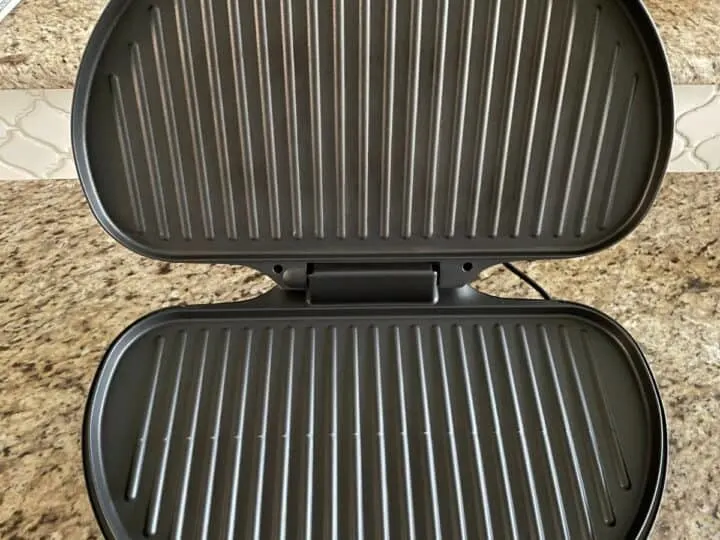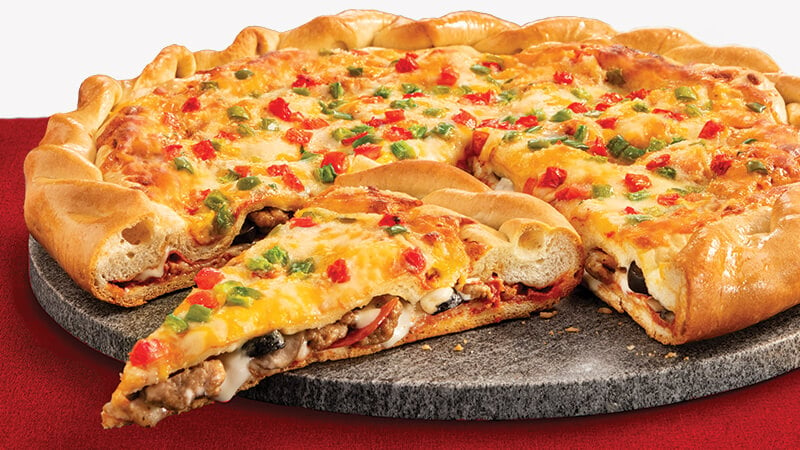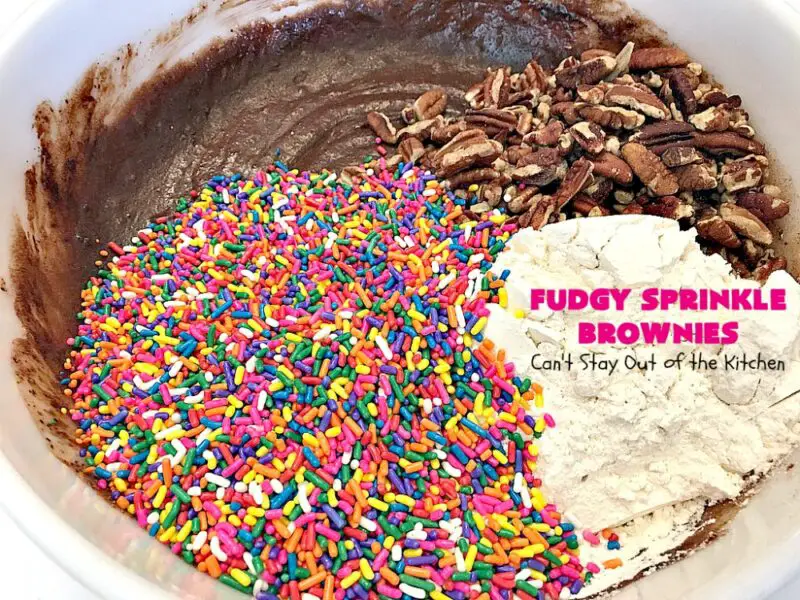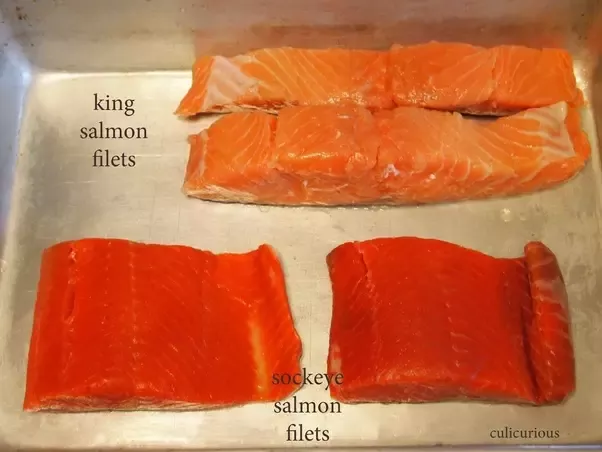When it comes to cooking your favorite meals, the right tools can make all the difference. For many people, a George Foreman grill is one of those essential tools that simplify meal preparation while providing delicious results. However, before you start cooking with your George Foreman grill, it’s important to know how to tell when it’s ready. In this article, we’ll provide an overview of how to determine if your George Foreman grill has reached its optimal temperature for cooking.
Brief History of The George Foreman Grill
It’s hard to imagine a time when the George Foreman grill wasn’t a household name. Yet, the appliance has only been around since 1994, when former heavyweight boxing champ and entrepreneur George Foreman teamed up with a product manufacturer to create an electric grill that promised healthier food with less grease.
Since then, the George Foreman grill has become a phenomenon in homes worldwide. The appliance’s unique design uses curved plates that are angled so that they draw fat away from food and into drip trays below.
Along with being easy to use and clean up after cooking, one of the key benefits of owning a George Foreman grill is how quick they are to heat up before use.
Overview Of How To Test For Readiness
Before you start grilling on your George Foreman device, you must ensure that it has reached its optimal temperature. You’ll want to do this by conducting visual assessments or employing different methods like testing for heat conduction or touching or feeling methods such as checking for water droplet sizzling sound emanating from your Grilling unit.
When you think about operating electric devices like this one correctly, following established routines will maximize their safety and efficiency in cooking healthy meals.
Understanding Heat Up Times
At first sight when powered on depending on brands’ wattage sizes typically between 1000-1400 watts range of heat-up times usually take anywhere from 5 to 10 minutes before reaching its temperature threshold. This period gives the George Foreman grill’s unique non-stick plates enough time to heat up to the desired cooking temperature.
Factors Affecting Heating Times
Factors that may affect how long it takes for your George Foreman grill to reach its optimal operating temperature include:
Wattage/Size of The Grill
The wattage of your grilling unit determines how fast it will reach the right heat level once powered on. For example, a smaller device with less power will probably take a bit longer to reach cooking temperatures than a larger model with better wattage stacking.
Thickness of The Cooking Plates
Thinner plates’ electronic heating capabilities are still entirely dependent on their surface areas compared to thick edge metallic counterparts. So if your own has an extra thick fix plate, expect more significant source breakers operation safely secured in critical voltages across and through between thermostats and service sockets during High voltage periods when adapting over heat or usage at max-capacity values.
Initial Temperature of The Grill
The starting point of each cooking experience also is dictated by other conditions such as usages, maintenance history previous user modes, etc.
Visual Clues That Your Grill Is Ready
Beyond knowing how long it takes for your George Foreman grill to reach cooking temperatures, you can also use visual clues like indicator lights and soundwaves emanating to confirm whether or not it’s ready for food.
Types Of Grids Available
Another thing essential when accounting for differences in our Grilling units over time while at a glance observing main control panel interface; comparing different types between non-stick plates Ceramic grills versus removable plates may also vary based output radiations models available for sale worldwide in-store or online offers through social media platforms.
Conducting A Temperature Check
For precise temperature readings on thicker cuts that require careful timing for even cooking throughout their volumes, more precision-based methods like infrared thermometers are suitable for exploring the cooking differences between desired tastes and textures of different types of foods.
Methods For Testing The Grill’s Temperature Include:
Touching or Feeling
A good technique to test if your George Foreman grill is ready is by touching it to sense the heat level. You can touch the surface or use an infrared thermometer on thicker cuts or you can watch out for water droplets ‘sizzle’ when dropped on plates.
Here’s how to conduct the touch test safely and without damaging your grill:
- Place your hand about three inches from the top of the grilling surface.
- Choose a spot where you’re less likely to get burned (such as near the temperature controls)
- Hover your hand over this area for a few seconds.
- If you feel significant heat coming from this area, then your George Foreman grill has reached its cooking temperature.
Water Droplets Test
This method works similarly to touching or feeling but takes less daring as parts are minimally involved. This method requires fewer appliances than conducted infrared readings when assessing warm-up times more accurately. Here’s how to do it:
To do this test, follow these simple steps:
- Take a cup of cold water
- Pour several tiny drops onto one part of the heated griddle.
- Observe if such droplets cause a soundwave with accompanying vibrations when it hits the metal panels. 4.Immediately wipe off any spills and continue Cooking safely
Alternative Method
Infrared Thermometers
Suppose you’d like more precise readings than what basic sensing offers?. In that case, using electrical gun-point devices such as infrared thermometers (IR thermometers) to measure surface temperatures coming from hot spots in areas brushed against fast-cooking food varieties can offer remarkable performance upgrades within confined spaces safely accessible at slight distances beyond usual ‘touching.’
It’s important to note that the accuracy of IR thermometers can vary depending on the brand and model. Therefore, do well to evaluate your grill’s measuring capacity before purchasing.
Maintenance And Storage
Once you’ve used your George Foreman grilling device, ensure that it has cooled down before cleaning it up. Cleaning your appliance is vital if you want to extend its lifespan and maintain optimal performance.
Importance In Maintenance
Cleaning your grill should be part of a routine preventive maintenance program like oil changes for automobiles because cooking builds up grease, fats, and other debris around fixtures during normal operation.
Left unattended this build-up can render them less efficient than they otherwise could be while also inviting tiny pests for meals–a considerable nuisance! Therefore it’s essential to keep all areas clean by attending to proper maintenance measures in your kitchen.
Cleaning Guidelines
- Use a soft brush or dry cloth to clean off any visible debris.
- Mix warm water and dish soap in a container.
- Scrub the grilling surface with a soft-bristle brush or non-abrasive sponge until clean.
- Rinse off cleaning solution with hot water
- Allow grilling surface time to air dry completely before reusing.
Troubleshooting Common Problems With Your George Foreman Grill
While George Foreman grills are generally quite reliable when appropriately maintained, some hitches may occur during usage warranting closer inspection or seeking technical support fixes from our trusted service providers around different localities worldwide.
Common Problems With Guidelines On How To Fix Them Are:
Difficulties In Keeping Food From Sticking Onto The Plate
The easiest fix for this common issue would be to apply non-stick or low-calorie spray on plates before preheating them or using top-quality pan coating products designed to prevent excessive sticking without needing extra oils.
Uneven Cooking Temperatures
Inadequate heat spread across plates introduces temperature inconsistencies within and around hotspots, leading to uneven cooking times. In effect, this could leave undercooked or overcooked portions on your food. For this common George Foreman grill problem, one solution would be to ensure that plates are heated up uniformly by placing thicker cuts in warm spots without getting too close towards its geometric bounds.
Conclusion
Knowing when your George Foreman grill has reached cooking temperature is a crucial part of meal preparation with using these magnificent electrical Grillers. Luckily, there are several ways to determine if your appliance has reached the ideal temperature for cooking most foods check whether contact sensing techniques, infrared thermometers (plus guidelines on how best to apply them), or testing for water droplets might work best form you’re preferred routines and decision-making processes through time as experience grows gradually from fun early days.
Finally, upkeep remains paramount in maximizing durability throughout extended periods of usage and securing optimal performance any time food service requires these impressive machines’ interventions regardless of previous user history or treatment.
Q&A
- Question: How do I know when my George Foreman grill is preheated and ready to use? Answer: The indicator light on your George Foreman grill will turn green once it’s preheated and ready to use. If your grill doesn’t have an indicator light, you can also test the temperature by placing a drop of water on the surface – if it sizzles and evaporates quickly, your grill is hot enough for cooking.
- Question: Can I use my George Foreman grill immediately after plugging it in? Answer: It’s not recommended to use your George Foreman grill immediately after plugging it in. You should wait for the indicator light to turn green or for the surface to heat up properly before using it for cooking.
- Question: Is there a specific time limit I need to follow when preheating my George Foreman grill? Answer: There isn’t a specific time limit when preheating your George Foreman grill, as heating times may vary depending on the model and wattage of your appliance. However, as a general rule, preheat your grill for at least 5-10 minutes before starting to cook.
- Question: What should I do if my George Foreman Grill doesn’t heat up properly? Answer: If your George Foreman Grill doesn’t seem to be heating up properly, check if the power cord is fully plugged into a functioning outlet. If this doesn’t solve the problem, try resetting any circuit breakers or fuses that might be affecting power supply. If none of these solutions work, contact customer service or consider getting a new appliance altogether.




